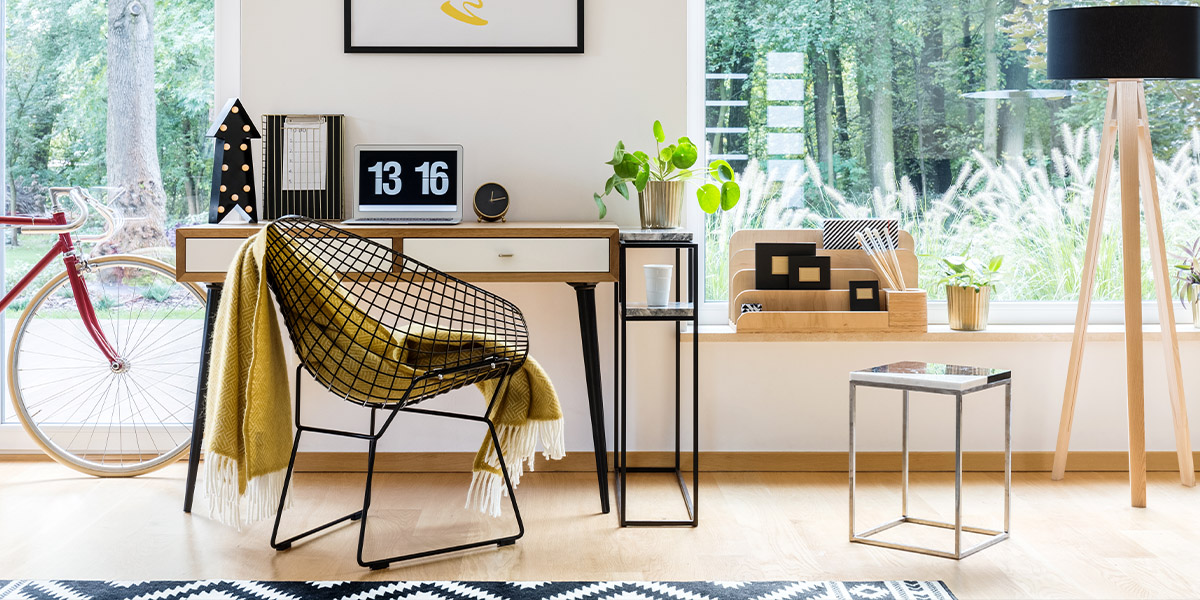
Three Working Options
From the broadest perspective, there are three options for the office.
- Employees predominantly work onsite
- Employees predominantly work remotely
- A hybrid with a mix of onsite and remote work
In recent months, I’ve seen plenty of announcements from organisations adopting one of these three approaches. When making the decision about which option is best for your organisation, there are several points to consider. The questions offered in my previous post can assist with determining your organisation’s optimal approach.
Working Remotely All the Time
Let’s dive a little deeper on structures with remote working options. The first option of being mostly in the office is pretty well understood. However, if your organisation decides on the second option there are some aspects of remote working to address. Employers need to consider employee health, wellbeing and safety, technology, performance management, culture, taxation, time zones, engagement, communication, and additional job-specific details.
Full-time remote work has typically been the domain of freelancers and contractors, but more organisations are exploring this as a possible option. Remote working saves money in one way but might complicate (and cost) organisations in other ways.
As an example, you can’t assume your employees will stay in the same time zone as the organisation’s office building. It’s completely possible for them to work and travel at the same time or even reside in a different country. Having well-documented policies, work processes and performance expectations can help minimise possible issues. Be prepared to adapt and don’t assume this arrangement suits everyone. For most organisations, this may be an unrealistic option – for a multitude of reasons.


